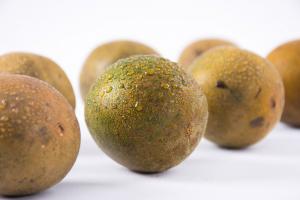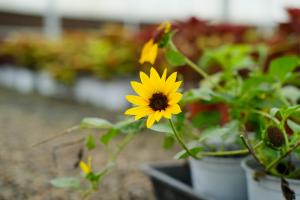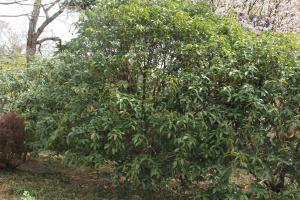Zinnia Plant: An Overview
Introduction
Zinnia is a flowering plant belonging to the Asteraceae family. The plant is native to Mexico, but it is widely grown as an ornamental plant all over the world. Zinnia plants come in various sizes, colors, and shapes, making them popular among gardeners and flower enthusiasts. In this article, we will discuss the zinnia plant, its characteristics, and how to grow and care for it properly.
Characteristics of Zinnia Plants
Zinnia plants typically grow up to 3 feet tall and produce bright, colorful flowers that bloom from mid-summer to autumn. The flowers are available in many different colors, including red, pink, purple, yellow, orange, and white. The flowers can be single or double petals, and the plants can have a bushy or upright habit.
Zinnia plants are sun-loving plants and require at least 6 hours of direct sunlight every day. They prefer well-drained soil and do best in a slightly acidic soil with a pH of 5.5 to 7.5. Zinnias also need regular watering, especially during hot and dry weather, to keep their roots moist.
How to Grow Zinnia Plants
Zinnia plants can be grown from seeds or transplants. If you are starting from seeds, you can sow them directly into the garden after the last frost. Alternatively, you can start the seeds indoors 6-8 weeks before planting them outdoors.
If you are using transplants, you can plant them out after the last frost. Make sure to space the plants 9-12 inches apart in the garden, as zinnias need adequate air circulation to prevent diseases.
Once planted, zinnia plants require minimal care. They need regular watering, especially during prolonged periods of dry weather. You can also fertilize them with a balanced fertilizer every 4-6 weeks to encourage healthy growth and abundant blooms. Deadheading the spent flowers will also encourage the plant to produce more flowers.
Common Pests and Diseases
Like any other plant, zinnias are susceptible to pests and diseases. Some of the common pests that affect zinnias are aphids, spider mites, and whiteflies. These pests can be controlled using insecticidal soap or neem oil.
Zinnias also suffer from some diseases such as powdery mildew, bacterial or fungal blights, and root rot. To prevent diseases, make sure to water the plants at the base and avoid wetting the foliage. Using disease-resistant cultivars or practicing crop rotation also helps reduce the likelihood of disease.
Conclusion
Zinnia plants are beautiful, easy-to-grow annuals that brighten up any garden with their colorful blooms. With proper care and maintenance, you can enjoy an abundance of zinnia flowers throughout the growing season. Whether you're a seasoned gardener or a new enthusiast, zinnias are the perfect addition to any garden.

 how many times do yo...
how many times do yo... how many planted tre...
how many planted tre... how many pine trees ...
how many pine trees ... how many pecan trees...
how many pecan trees... how many plants comp...
how many plants comp... how many plants can ...
how many plants can ... how many plants and ...
how many plants and ... how many pepper plan...
how many pepper plan...































